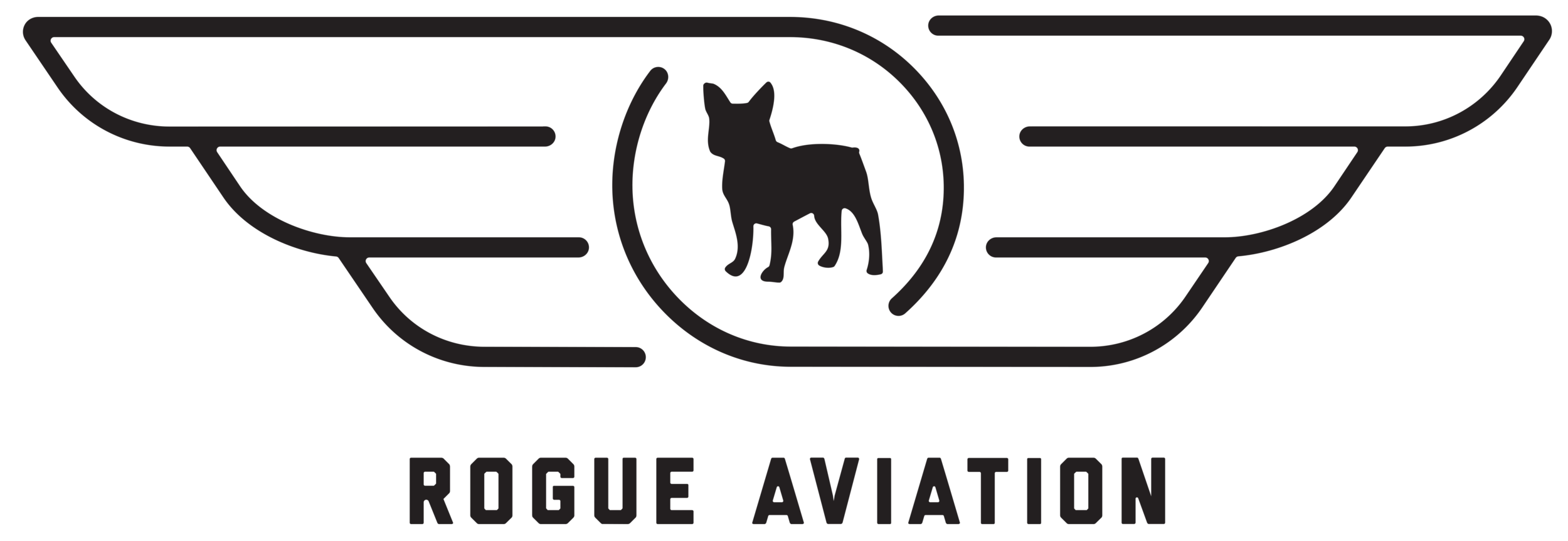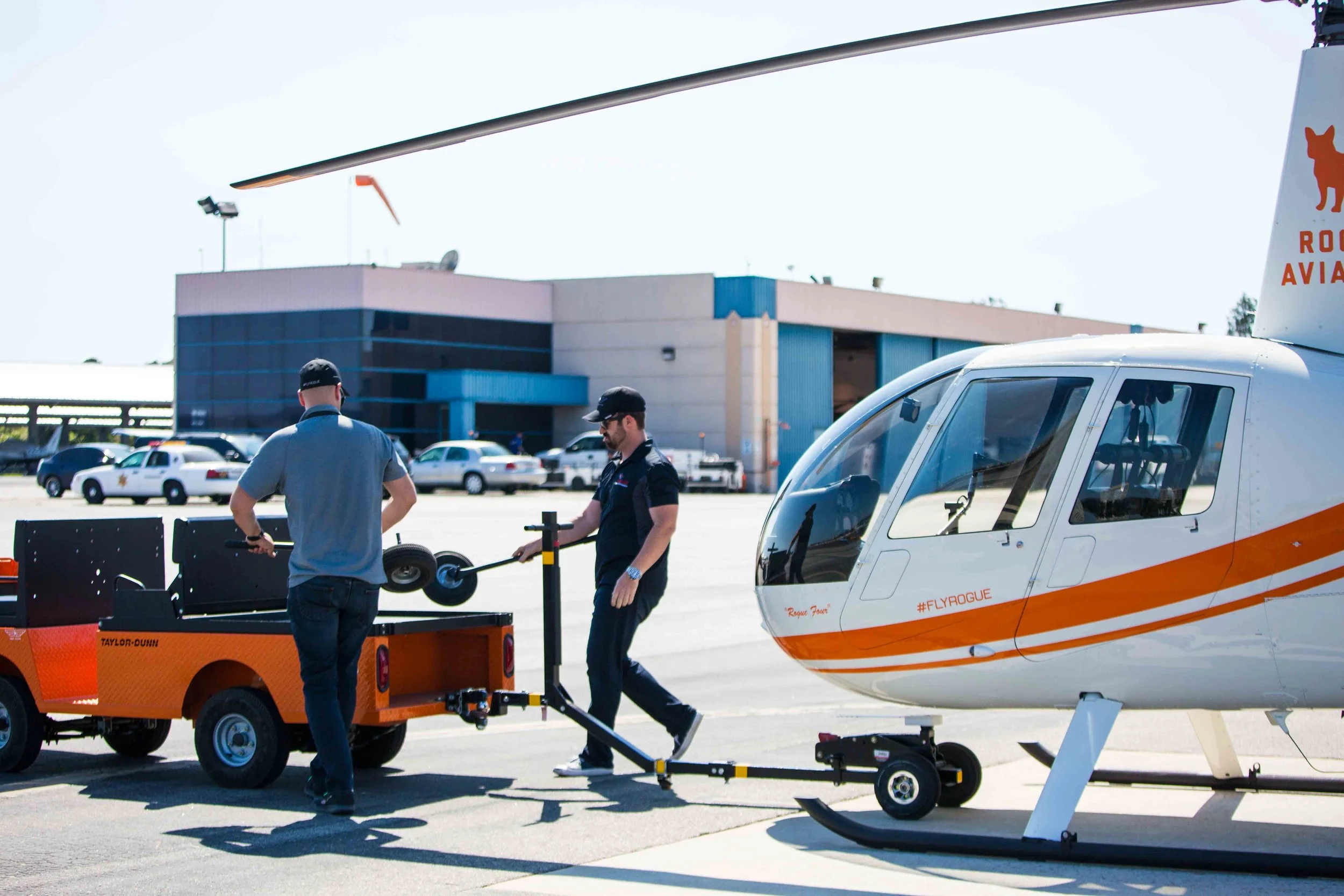6 Tips For Flight Safety
At Rogue Aviation, safety is key. While learning how to fly a helicopter is fun and engaging, each flight requires due diligence. To make sure everyone, whether pilot or student, considers safety to be a top priority, here are several basic flight safety tips.
1. A pre-flight checklist is crucial and should include but is not limited to: monitoring the present and forecasted weather for the destination and en route, inspecting the interior and exterior of the aircraft, and noting fuel quantity. A pre-flight checklist should be completed before each flight, no matter what.
2. Do not rely entirely on GPS, autopilot, fuel gauges or other tools for safety. Hone your skills with an instructor and practice.
3. Limit distractions. Talking or recreational electronic use can be just as, if not more, dangerous while flying a helicopter than driving a car. Turn off possible temptations.
4. Practice your skills and emergency procedures often. Even for licensed pilots, it is just as important to maintain skills as it is to learn them. Reread procedures and practice with simulators to keep skills fresh.
5. Make sure YOU are ready to fly. Lack of sleep, an illness or medication, to name a few, can alter your ability to fly. If you have doubts, contact a doctor and don’t fly.
6. Make sure the HELICOPTER is ready to fly. Upkeep maintenance regularly. If it is not completely ready to fly by the pre-flight checklist, do not fly.




